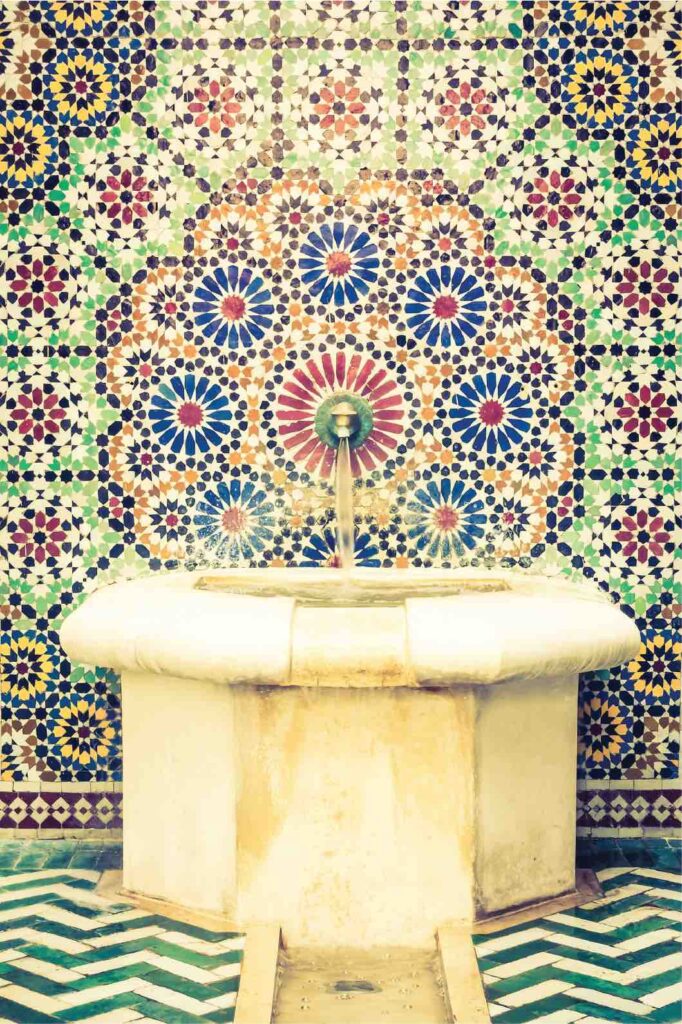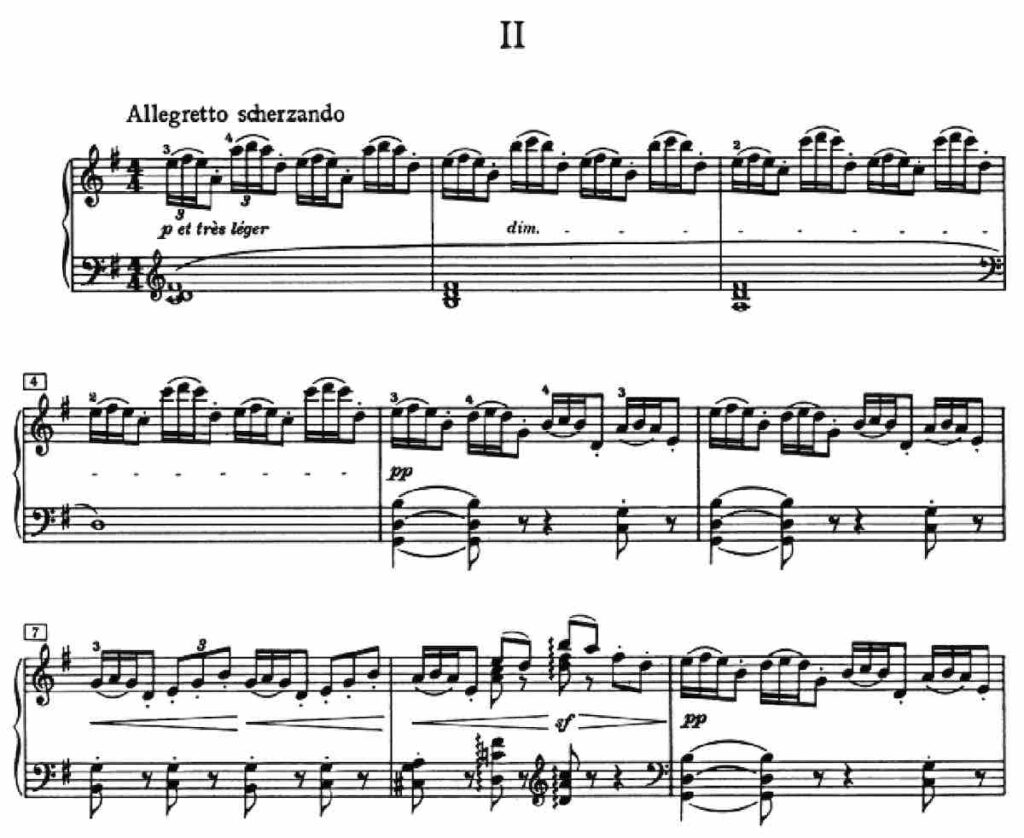An arabesque in music is a highly decorated and ornamented piece of music. However, the actual term arabesque refers to music in an arabic style. The term arabesque originated in the 17th century and is borrowed from the Italian word arabesco which literally translates as ‘arabic style’. In the 19th century we saw a rise in popularity of this form of music and the French translation became the most popular, arabesque!
The classical movement of the time is what inspired this new form of music to come to light. The classical movement was a rebirth of classical art forms from the history of Greece, Rome and of course Arab culture.
The term arabesque comes from art rather than music originally. Art from Middle East culture of this time was full of geometric patterns and linear rhythm. These features were used to decorate motifs of fruit, trees and foliage. You can see examples of this style of art in islamic architecture such as mosques and palaces.

Within classical ballet, we see this arabic art form depicted in the ballet move called the arabesque. This movement is where the dancer will stand on one leg, en pointe, with their other leg turned to extend behind the body. The dancer will then hold out their arms straight to further emphasise the elegance and geometry of the move.

Remember, geometry was a huge influence within Arabic art and so this is what composers wanted to represent in the musical genre.
Arabesque music – different interpretations and famous composers
However, this art form was interpreted in different ways by many different composers from the west. Some composers saw arabesque music as something that should be balletic and elegant in sound. However, others felt that it should have the sounds of something far more wild and crazy.
We see this for example in Schumann’s Arabesque No.18. This piece is explosive and volatile which some composers would completely disagree represents the aesthetics of it’s origins in islamic art.
Claude Debussy is perhaps the most well known composer of arabesque music.

Debussy’s arabesques took their cue from the baroque arabesque which was a popular French dance. You can hear the balletic influences throughout his pieces.
Compositional devices of the arabesque
The melodies within an arabesque do not move in a straight line. An arabesque has a very special way of sounding like it is standing still and slowing down time. The melodies have a curving movement which creates a circular phrase with perpetual melodies.
We often see some key compositional devices within the music that help to create this effect.
- Decoration of theme using counterpoint
- Use of grumpetti (turns) to decorate the melodies
- Harmonies that rapidly change without rushing piece forward
All these devices together help to create the effect of ‘frozen music’.
Famous Arabesques
Below are some famous arabesques!
- Debussy’s deux arabesques (shown above)
- Marin Marais ‘l’arabesque’ composed in 1717 and on movie soundtrack tour le matin du mondes
- Robert Schumann – Arabeske in C Op.18 1839
- Hans von Bülow: Arabesques sur un thême de l’opéra Rigoletto (1853)
- Moritz Moszkowski: Opp. 15/2 (1877), 61 (1899), 95/4 and 96/5 (1920)
- Enrique Granados: Arabesca, Op. 31, H. 142 (1890)
- Cécile Chaminade: Op. 61 (1892) and 92 (1898)
- Pyotr Ilyich Tchaikovsky (1892): The Nutcracker Act No. 12: Arabian Dance (‘Coffee’)
Other types of arabesque
The classical arabesque must not be confused with the Turkish arabesque. This type of Turkish music begun in Turkey in the 1960’s through to the 2000’s and is of course also inspired by music of the middle east. The Turkish arabesque came about when the president of Turkey, President Ataturk, banned the traditional ottoman forms of music in favor of more western influenced music. The people of Turkey resisted this change and instead turned to arabic music. This was when the Turkish arabesque genre was born.
You will most commonly hear the Turkish music arabesque in a minor key and can be both instrumental or involve a singer. You may hear different versions of it such as arabesque pop or arabesque rap.
